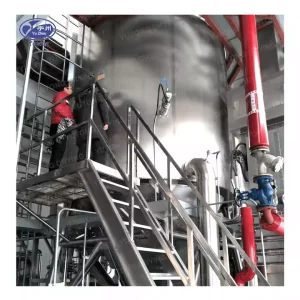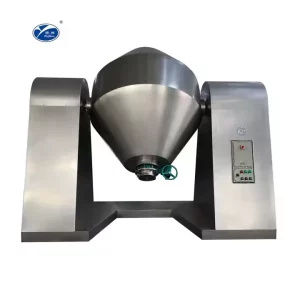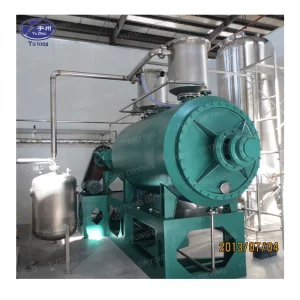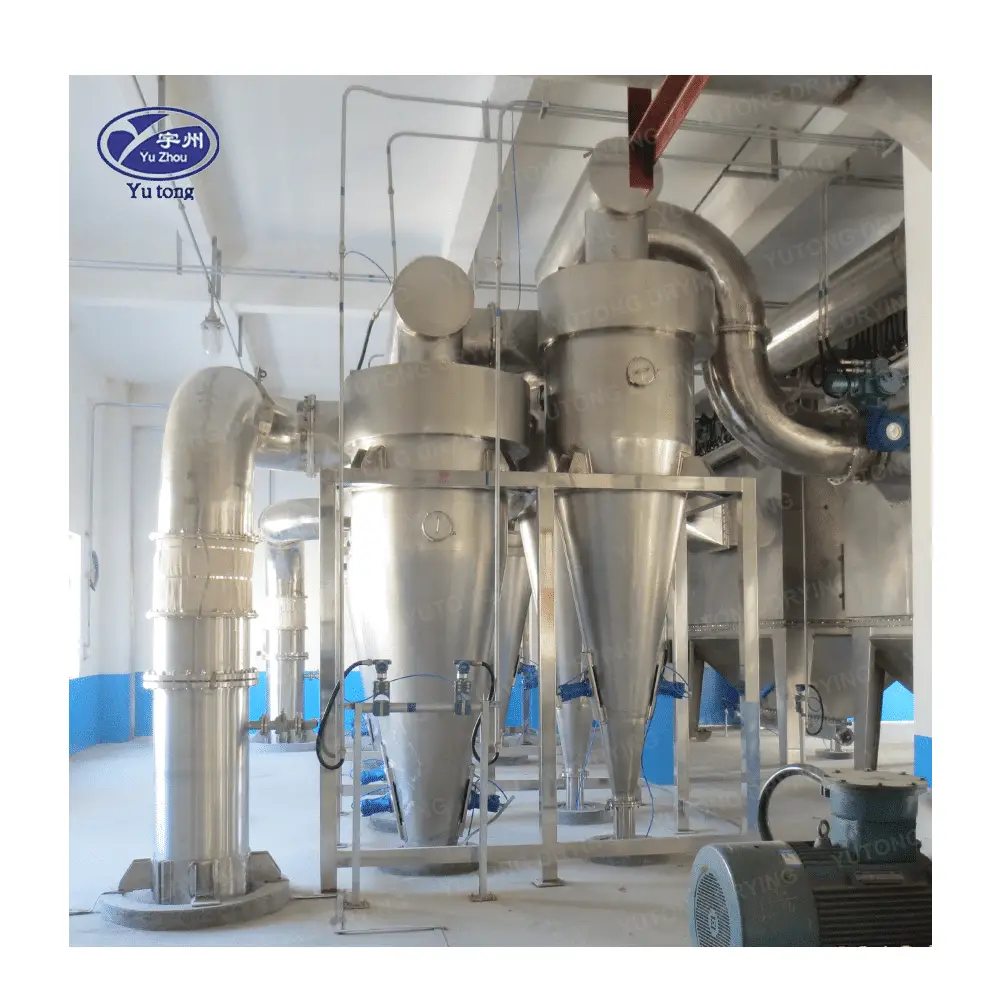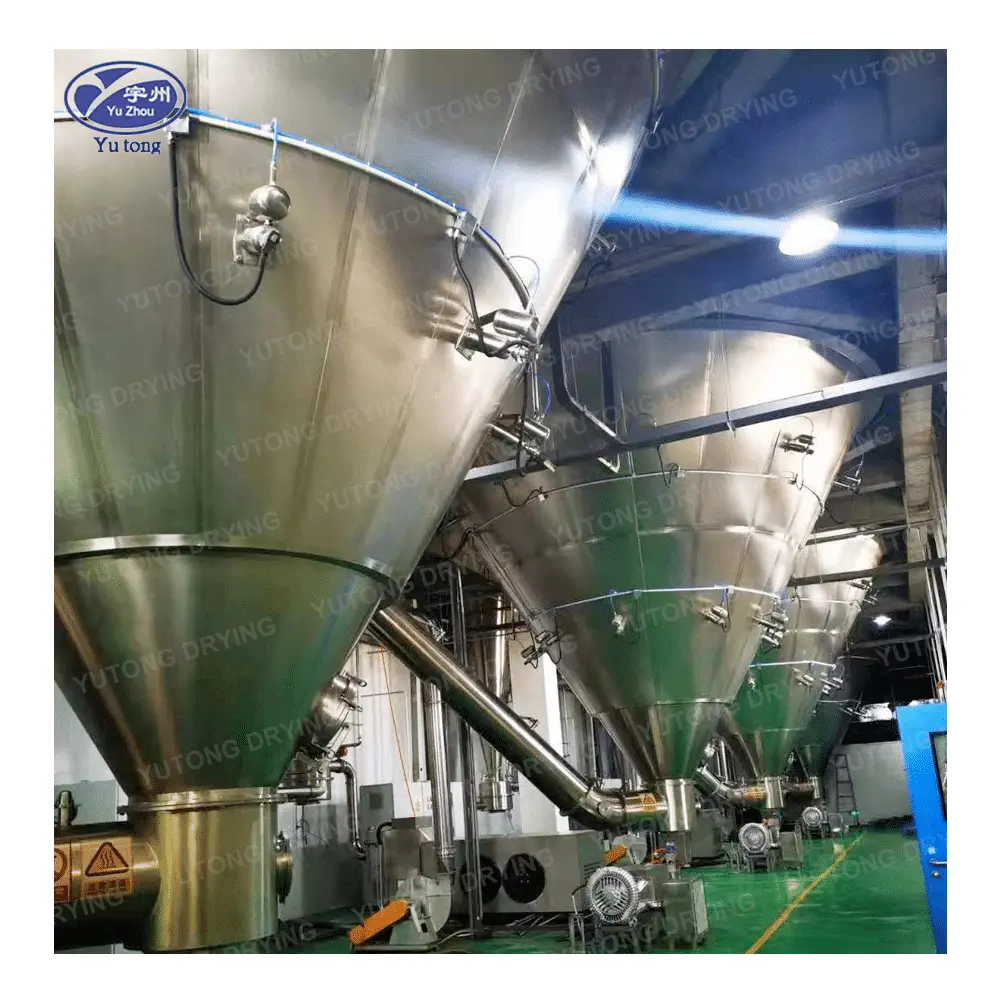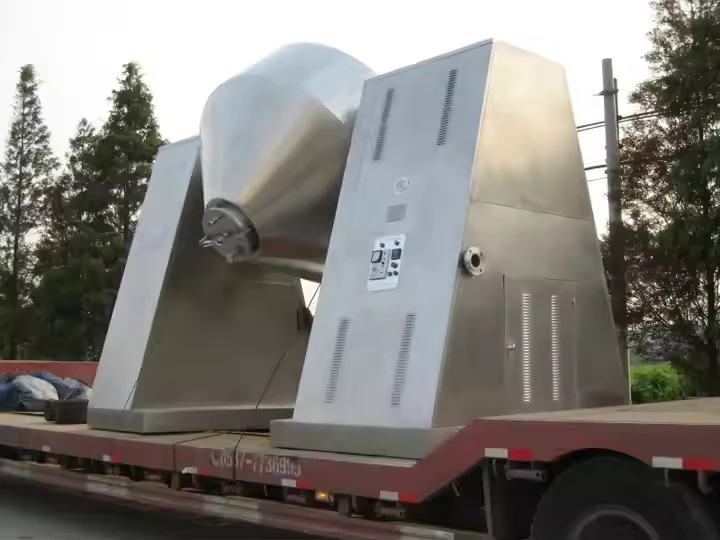construction of vacuum dryer
Vacuum dryers are pivotal in various sectors, including pharmaceuticals, food processing, and chemical manufacturing. These dryers are specifically engineered to expel moisture from materials under reduced pressure, allowing for effective drying at lower temperatures. This characteristic is notably beneficial for heat-sensitive products, where maintaining product integrity is critical. In this article, we will delve deeper into the construction of vacuum dryers, highlighting rotary vacuum dryers, their operational principles, design calculations, and potential drawbacks.
Understanding Vacuum Dryers
What is a Vacuum Dryer?
A vacuum dryer functions by generating a vacuum within the drying chamber, effectively lowering the boiling point of water. This mechanism permits drying at reduced temperatures, safeguarding materials susceptible to heat damage. By decreasing the pressure within the chamber, moisture is driven to evaporate more swiftly and at diminished temperatures, thereby preserving the material’s quality. This process is particularly advantageous for products where maintaining nutritional or chemical composition is vital, such as pharmaceuticals and certain food products.
The ability to dry at lower temperatures not only enhances the quality of heat-sensitive materials but also minimizes the risk of oxidation and other heat-induced degradation processes. This makes vacuum dryers a preferred choice for industries where the preservation of a product’s original properties is essential. Moreover, the controlled environment of a vacuum dryer ensures consistency and reliability across batches, making it a crucial asset in production lines that demand high standards of quality assurance.
Construction of Vacuum Dryers
Components of a Vacuum Dryer
- Drying Chamber: The drying chamber serves as the primary compartment where materials are positioned for drying. Typically, it is a sealed, vacuum-tight vessel designed to withstand the reduced pressures needed for the drying process. Its construction often involves corrosion-resistant materials to handle various types of substances without compromising structural integrity.
- Vacuum Pump: The vacuum pump plays a vital role in establishing the vacuum within the chamber, effectively reducing the pressure and facilitating the drying process. The pump’s efficiency directly impacts the drying speed and energy consumption, making it a crucial component for optimal dryer performance.
- Heating System: The heating system provides the necessary thermal energy to the material. Depending on the dryer design and specific application requirements, the heat source may vary from steam or hot water to electric heaters. The choice of heating system influences the drying uniformity and energy efficiency.
- Condenser: The condenser’s function is to collect moisture vaporized from the material, cooling it back into liquid form for straightforward removal. This component is essential for maintaining the vacuum within the chamber and preventing moisture from re-entering the material.
- Control System: The control system comprises sensors and controls that oversee and adjust the drying process parameters like temperature and pressure. Advanced control systems enable precise monitoring, ensuring that the drying conditions remain optimal throughout the process.
Rotary Vacuum Dryer Construction and Working
The rotary vacuum dryer is a specialized type of vacuum dryer. It features a horizontally oriented cylindrical chamber that rotates around its axis. This design is particularly effective for ensuring uniform drying, as the rotation facilitates continuous material agitation.
How Does a Rotary Vacuum Dryer Work?
Within a rotary vacuum dryer, the material is placed inside the rotating chamber, where the vacuum pump reduces the internal pressure. As the chamber rotates, the material experiences constant agitation, which promotes even heat exposure and enhances the drying rate. This continuous movement prevents the material from clumping and ensures that all particles are uniformly dried. The evaporated moisture is collected by the condenser, which cools it into a liquid state, leaving behind the dry material ready for the following processing stage.
The rotary design also allows for greater flexibility in processing different material types and sizes, making it a versatile choice for industries with varying production needs. Additionally, rotary dryers’ mechanical simplicity often translates into lower maintenance costs and ease of operation, further enhancing their appeal in industrial settings.
Vacuum Dryer Design Calculations
When designing a vacuum dryer, several calculations are crucial for ensuring its efficiency and effectiveness:
- Heat Transfer Calculation: This calculation determines the heat amount required to vaporize the moisture from the material, factoring in the specific heat of the material and the latent heat of vaporization. Accurate heat transfer calculations ensure that the drying process is energy-efficient and meets the desired throughput rates.
- Vacuum Level Calculation: Establishing the appropriate vacuum level is essential for lowering the moisture’s boiling point to facilitate effective drying. This calculation helps optimize energy usage and ensures the drying process remains economical without compromising quality.
- Drying Time Calculation: This calculation estimates the drying process duration, considering the initial moisture content, final desired moisture content, and drying rate. Precise drying time calculations aid in scheduling and operational efficiency, ensuring that production timelines are met consistently.
Advantages of Vacuum Dryers
- Low-Temperature Drying: Vacuum dryers offer the distinct advantage of protecting heat-sensitive materials by enabling drying at lower temperatures, thus preserving the integrity and quality of the materials.
- Fast Drying: By reducing the boiling point of water, vacuum dryers significantly accelerate the drying process, allowing for increased production speeds and reduced cycle times.
- Preservation of Product Quality: Vacuum drying minimizes thermal degradation and maintains the quality of the finished product, making it ideal for products where taste, color, or nutritional value are critical.
Disadvantages of Vacuum Dryers
Despite their numerous advantages, vacuum dryers do come with certain disadvantages:
- High Initial Cost: Compared to conventional dryers, vacuum dryers often entail a higher initial investment, which can be a barrier for smaller operations or those with limited budgets.
- Complex Operation: The operation and maintenance of vacuum dryers require skilled personnel, given the complexity of the systems involved and the necessary precision in managing the drying parameters.
- Energy Consumption: Depending on the design and efficiency of the vacuum pump, vacuum dryers can consume substantial amounts of energy, particularly if the system is not optimized for energy efficiency.
Scanlan Morris Co Vacuum Dryer
The Scanlan Morris Co vacuum dryer has garnered popularity across various industries due to its reliability and efficiency. Incorporating advanced technology, it enhances the drying process, offering improved performance and user convenience.
Features of Scanlan Morris Co Vacuum Dryer
- Robust Construction: The Scanlan Morris Co vacuum dryer is constructed from high-quality materials, ensuring durability and longevity. Its robust design withstands the rigors of industrial use, making it a reliable choice for continuous operation.
- Efficient Vacuum System: Equipped with a powerful vacuum pump, this dryer ensures rapid moisture removal, optimizes drying times, and reduces operational costs.
- User-Friendly Controls: Featuring an intuitive control panel, the Scanlan Morris Co vacuum dryer allows operators to easily monitor and adjust drying parameters, enhancing ease of use and minimizing the potential for operational errors.
Conclusion
Vacuum dryers are invaluable tools in many industries due to their capability to dry materials quickly and at low temperatures. Understanding the construction and operation of these dryers, mainly rotary vacuum dryers is crucial for optimizing their use and maximizing efficiency.
While there are some disadvantages, such as higher initial costs and energy consumption, the benefits of preserving product quality and accelerating the drying process often outweigh these concerns. Whether it’s through precise design calculations or investing in advanced models like the Scanlan Morris Co vacuum dryer, selecting the right vacuum dryer can significantly enhance your production line, ensuring consistent quality and operational efficiency.

